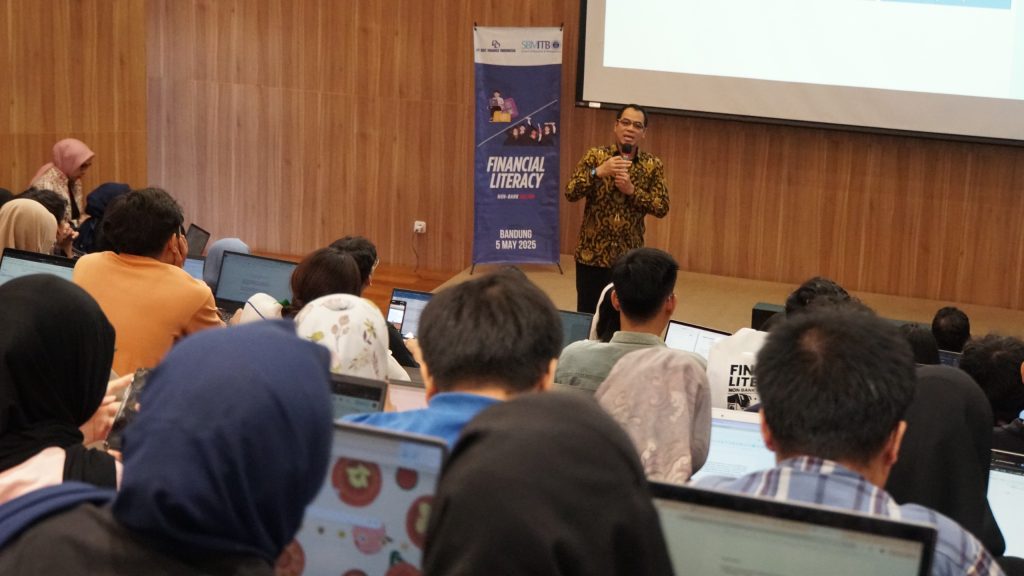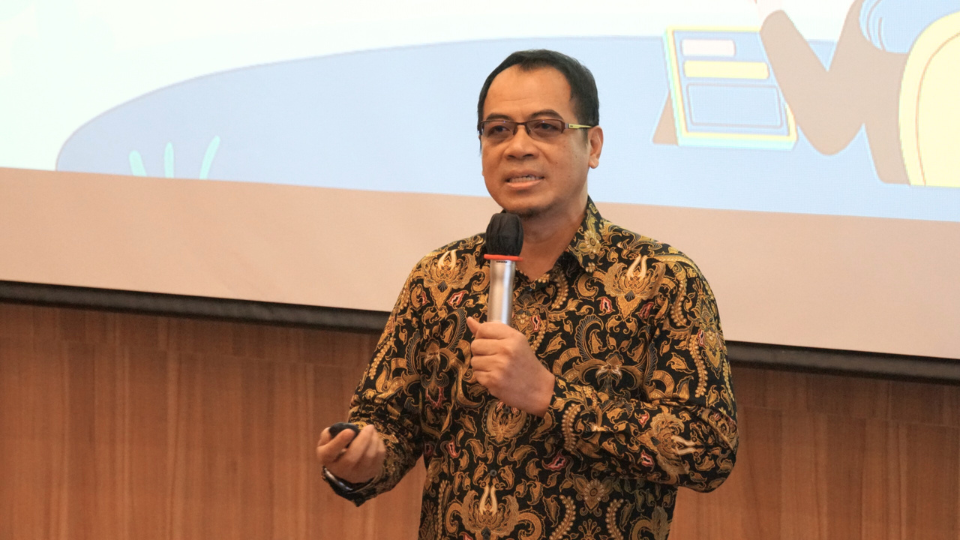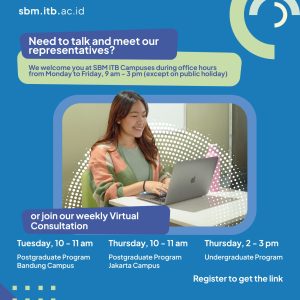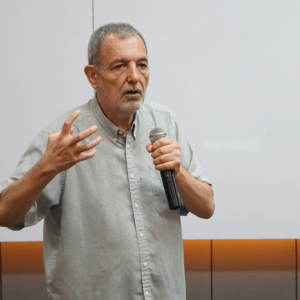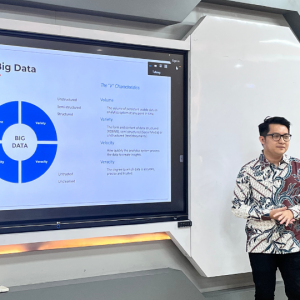SBM ITB, in collaboration with PT BOT Finance Indonesia, held a guest lecture on financial planning in Bandung on Monday (5/5). The event aimed to broaden students’ understanding of the financing industry, specifically leasing, as part of the non-bank financial services sector regulated by the Financial Services Authority (OJK).
PT BOT Finance Indonesia was established in 1982 through a joint venture between BOT Lease Co., Ltd. (Japan) and AJB Bumiputera 1912. The company focuses on corporate financing, particularly for heavy equipment, machinery, and vehicles, using schemes such as finance lease, sale, and leaseback. Since July 2024, the company has operated under PT BOT Finance Indonesia.
Eko Pristyantho Imam, Branch Manager of BOT Finance Indonesia for the Bandung area, introduced the company’s three main products: financial leasing, sale and leaseback, and installment financing.
“If you want to buy second-hand goods, we highly recommend leasing,” said Eko. “That way, the product has already gone through extensive screening before it’s ready for sale.”
Eko also explained the basic structure of financial leasing, which involves three main parties: the lessee (user), the lessor (financier), and the supplier or dealer. The process begins with the lessee selecting goods from the supplier and submitting a financing application to the lessor. Once approved and the lessee pays a deposit, the lessor pays the supplier directly, and the goods are delivered to the lessee.
“In this case, the lessor finances the asset, which the lessee will use for a certain period,” Eko explained.
He also discussed the role of the Collection Unit in a finance company, which is responsible for managing receivables, overseeing collection processes, and handling problematic receivables. This function is governed by POJK No. 35/2018 and is designed to minimize potential losses from non-performing loans.
Receivable quality is categorized into five classes: current (less than 10 days overdue), special mention (10–90 days), substandard (90–120 days), doubtful (120–180 days), and bad debts (more than 180 days). The collection process is gradual, beginning with warning letters, followed by customer visits and negotiations, then delivery or repossession of units, and eventually the sale of financed assets.
In the event of default, assets may be repossessed and sold through auctions, private sales, or direct selling, as outlined in the leasing agreement. Before doing so, the company calculates the net credit loss or gain to estimate the potential recovery. The company can claim the difference if the sales proceeds are lower than the outstanding debt. Conversely, if the proceeds exceed the remaining balance, the excess is returned to the lessee.
Legal processes such as homologation or bankruptcy proceedings may be pursued in special cases, such as restructuring or bankruptcy.
This guest lecture is part of SBM ITB’s ongoing efforts to provide students with real-world insights into the finance industry, particularly the non-bank financing sector, which is vital in supporting national economic growth.
